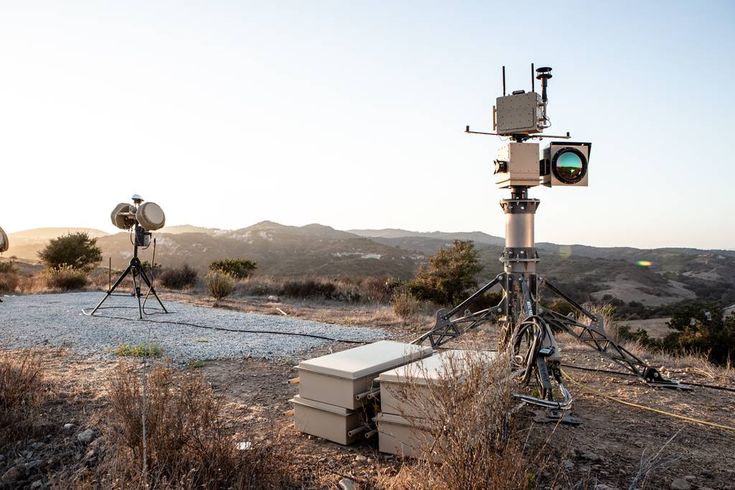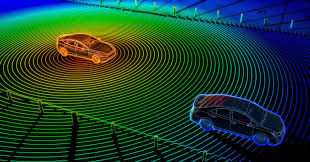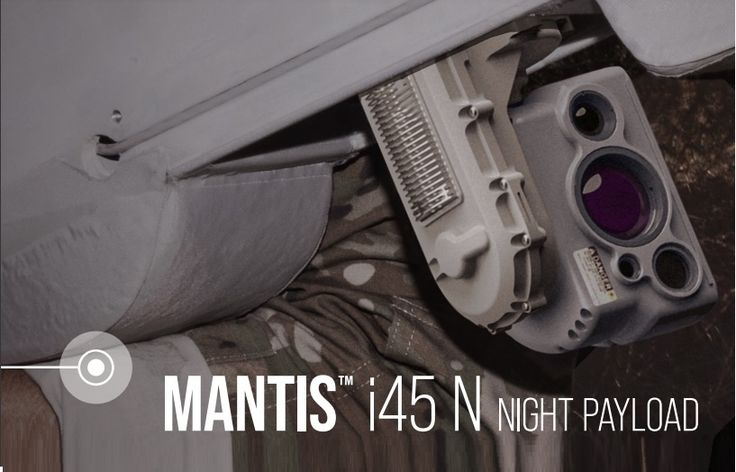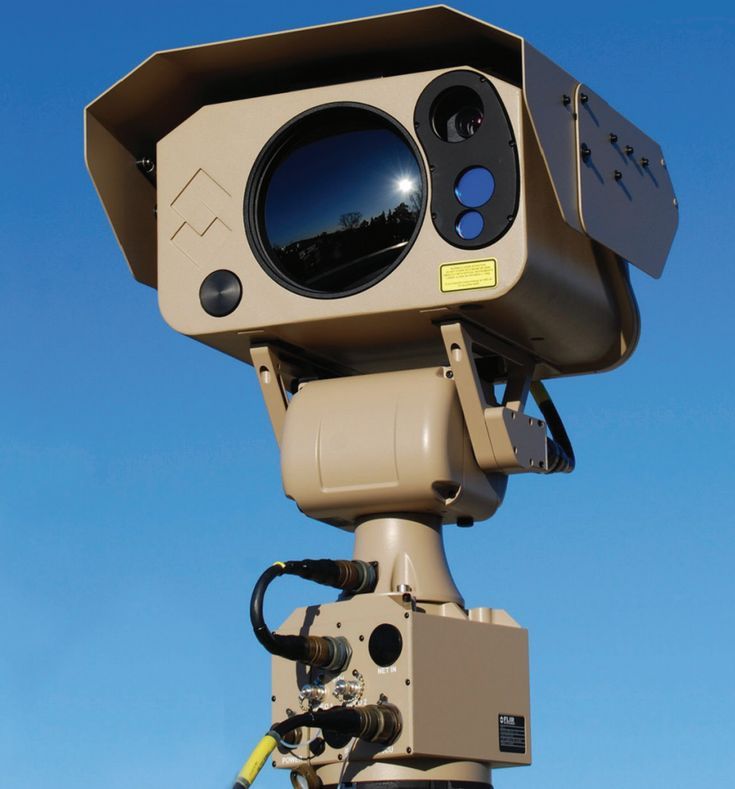In an age where data drives decision-making, the integration of multi-sensor payloads revolutionizes various industries—from agriculture to disaster management. This blog explores innovations in multi-sensor payload technology, its applications, and its implications for future data collection and analysis.
What Are Multi-Sensor Payloads?
Multi-sensor payloads integrate multiple types of sensors—such as optical, thermal, LiDAR, and radar—into a single platform. These payloads can deploy on drones, satellites, or ground vehicles, allowing them to gather diverse data types simultaneously. By combining various sensor technologies, these systems provide richer insights and enhance data accuracy. https://www.avinc.com/uas/payloads#:~:text=Imaging%20Payload%20Sensors&text=Combining%20high%2Dresolution%20EO%2FIR,imagery%20in%20any%20operational%20environment.

Key Innovations Driving Multi-Sensor Payloads
1. Miniaturization of Sensors
Advancements in microfabrication have led to smaller, lighter, and more efficient sensors. This miniaturization enables compact payloads suitable for various platforms, including UAVs and small satellites.
2. Advanced Data Fusion Algorithms
Data fusion techniques allow integration of data from different sensors, creating a cohesive picture of the environment. Innovative algorithms improve data accuracy, enabling better decision-making in real-time scenarios.

3. Improved Connectivity
With the rise of IoT and 5G technology, multi-sensor payloads now transmit data faster and more reliably. This improved connectivity allows for real-time data processing and analysis, which enables quicker responses to dynamic situations, such as natural disasters or agricultural needs.
4. AI and Machine Learning Integration
Artificial intelligence and machine learning increasingly enhance multi-sensor systems. These technologies analyze vast amounts of data quickly, identifying patterns and anomalies that would be impossible to detect manually. Consequently, this integration enhances predictive capabilities across various fields.

Applications of Multi-Sensor Payloads
1. Agriculture
In precision agriculture, farmers use multi-sensor payloads to monitor soil health, crop conditions, and weather patterns. By leveraging this data, they can optimize irrigation, apply fertilizers more efficiently, and predict yields, ultimately leading to increased productivity and sustainability.
2. Disaster Management
During natural disasters, multi-sensor payloads provide critical real-time data on affected areas. They help responders assess damage, locate survivors, and deploy resources effectively. Drones equipped with thermal and optical sensors can quickly survey vast landscapes, improving response times significantly.
3. Environmental Monitoring
These payloads play a vital role in tracking environmental changes, such as deforestation, pollution levels, and wildlife migrations. By combining data from multiple sensors, researchers gain deeper insights into ecological health, which helps them make informed conservation decisions.
4. Urban Planning
In smart cities, multi-sensor payloads gather data on traffic patterns, air quality, and infrastructure conditions. This information assists city planners in making data-driven decisions, ultimately improving urban living conditions and sustainability.
Challenges and Considerations
While the potential of multi-sensor payload innovation is immense, several challenges remain: https://www.mdpi.com/2072-4292/14/19/4954
- Data Overload: The vast amounts of data generated can overwhelm processing capabilities. Thus, developing efficient data management systems is crucial.
- Integration Issues: Ensuring that different sensors work seamlessly together requires careful planning and engineering.
- Cost: Although prices for sensors have decreased, the overall cost of multi-sensor systems can still be significant, potentially limiting access for smaller organizations.
The Road Ahead
As technology continues to advance, the potential for multi-sensor payloads remains limitless. Collaboration among researchers, engineers, and industry leaders will drive further innovations, making these systems even more powerful and accessible. By focusing on sustainability and efficiency, the next generation of multi-sensor payloads promises to enhance our understanding of the world and improve decision-making across various sectors.https://afconesinfra.in/about/
Conclusion
Multi-sensor payload innovation transforms the way we collect and analyze data. By integrating various sensor technologies, we unlock new insights and improve our responses to challenges across multiple domains. As we move forward, embracing these advancements will be key to harnessing the full potential of data-driven decision-making in our ever-evolving world.
Stay tuned for more updates on the latest trends in technology and innovation!https://afconesinfra.in/contact/

